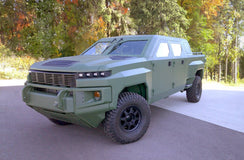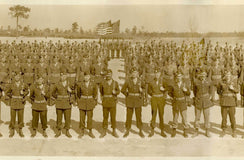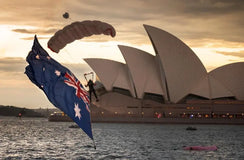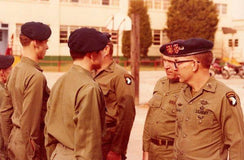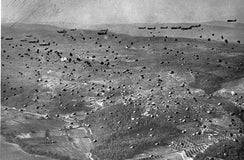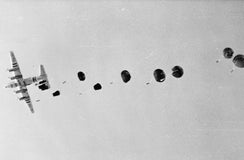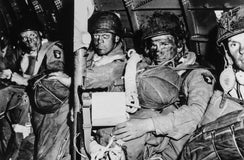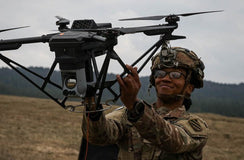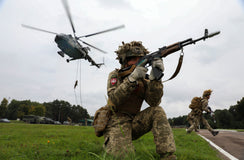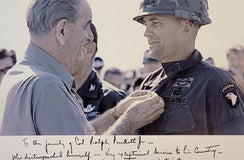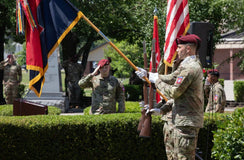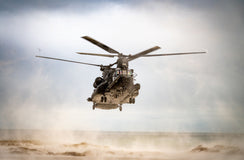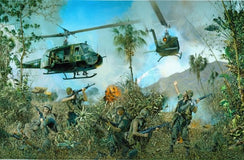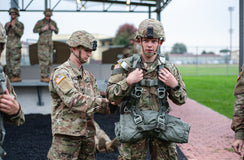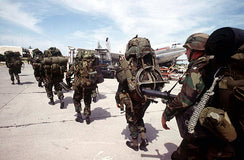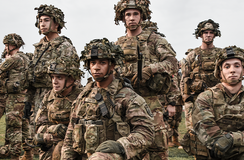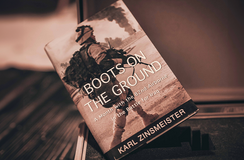Operation Urgent Fury
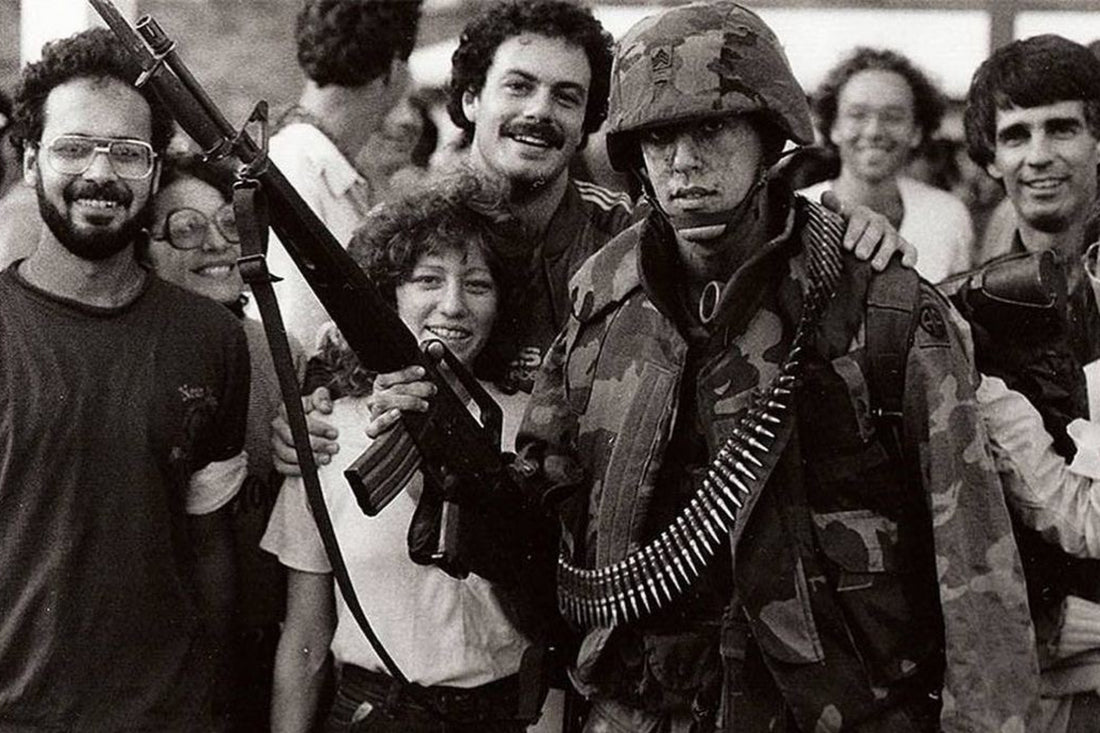
On 25 October 1983, US military forces, with several Caribbean allies, intervened on the island of Grenada. Operation Urgent Fury was initiated to protect the lives of US students, restore democratic government and eradicate Cuban influence on the island.
Two US Army Ranger battalions, a brigade of the 82d Airborne Division, a Marine amphibious unit (MAU), the Navy aircraft carrier USS Independence and its battle group, Air Force transports and Spectre gunships, and a few Special Operations Forces combined to swiftly overwhelm the Cuban and Grenadian defenders.

The US assault commenced at dawn with nearly simultaneous assaults on the island’s two airfields. Army Rangers parachuted into the Point Salines airstrip, while two Marine companies secured the Pearls Airport and nearby Grenville. The Rangers encountered heavy antiaircraft fire, but they secured the runway and a group of grateful students at nearby True Blue Campus. Reinforced by paratroopers of the 2d Brigade, 82d Airborne Division, the Army elements attacked into the thick foliage around Salines to isolate and destroy the remaining opposition.
Meanwhile, Joint Task Force Commander Vice Admiral Joseph Metcalf III left one Marine company at Pearls and sent the rest of the Marine battalion landing team (BLT) to Grand Mal beach, north of the Grenadian capital of St. George’s. The Marines landed by amphibious assault vehicle and helicopter on the night of 25 October. By the next day, St. George’s was in US hands, Army units had rescued the US students at Grand Anse Campus and the backbone of the Cuban/Grenadian opposition had been broken. Significant scattered resistance went on for two more days, and some isolated sniping continued until 2 November.

During the eight-day campaign, 599 US and 80 foreign students were evacuated without injury. Civil order was restored. Cuban, Soviet and various Eastern bloc representatives were removed from the island. Eighteen US troops were killed in combat, one died of wounds, 115 were wounded and 28 suffered nonhostile injuries. The Cubans lost 24 killed, 59 wounded and 605 captured who were later returned to Cuba. The Grenadian People’s Revolutionary Army (PRA) suffered 21 killed and 58 captured.
There were 24 Grenadian civilians killed during the operation. Admiral Wesley L. McDonald, commander, US Atlantic Command, said, “In summary, history should reflect that the operation was a complete success.”

